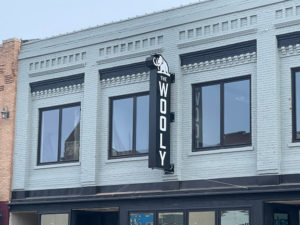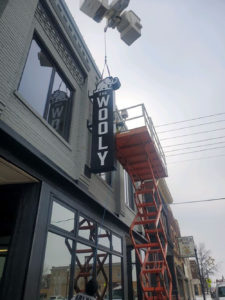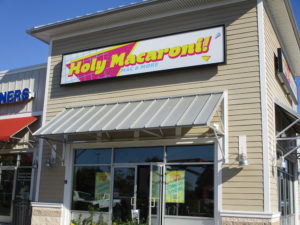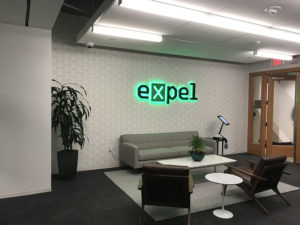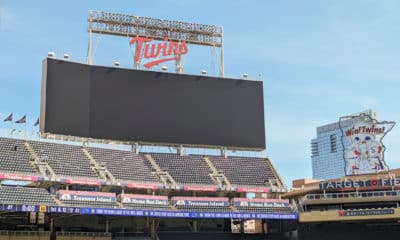
The Pros, Cons and Factors of Sign Subcontracting
Compare in-house vs. subbing out on price, quality and schedule.
Published
1 week agoon
EXPECTING A SIGNSHOP to make signs is reasonable, yes, but a shop does not always nor have to create every component of a sign from scratch, on their own, then install the sign with no outside assistance. That is where subcontractors step in.
Encompassing national providers and other signshops, subcontracting helps fill in the gap for shops that lack the means and/or time to create certain parts, obtain permits or handle challenging installs. Subcontracting is widespread in the sign industry: In our recent Big Survey (See ST, Mid-March 2024, page 21), only 11% of all respondents reported not subcontracting anything. Among companies that did subcontract some aspects of their signwork, 36% reported increasing their amount of subcontracting over a three-year period.
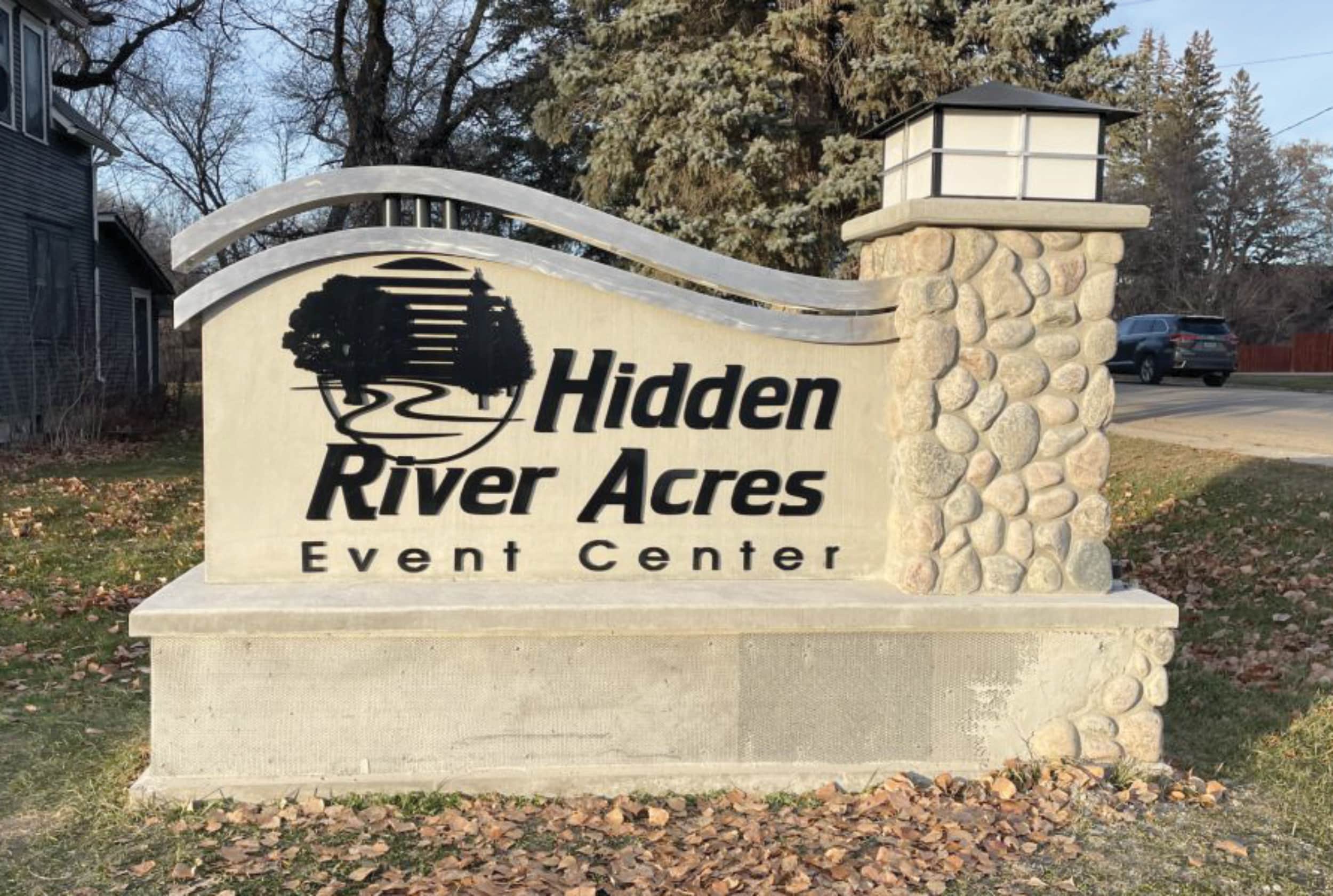 NOT SO HIDDEN: Roughrider Signs (Jamestown, ND) designed and built this rock and concrete sign for a hometown venue.
NOT SO HIDDEN: Roughrider Signs (Jamestown, ND) designed and built this rock and concrete sign for a hometown venue.
Signshops that don’t subcontract have their reasons, namely that they are fully capable of managing all aspects of their projects in house, or they want to maintain more control over cost, quality and schedule. We examine the pros and cons of subcontracting versus in-house production on those three criteria below.
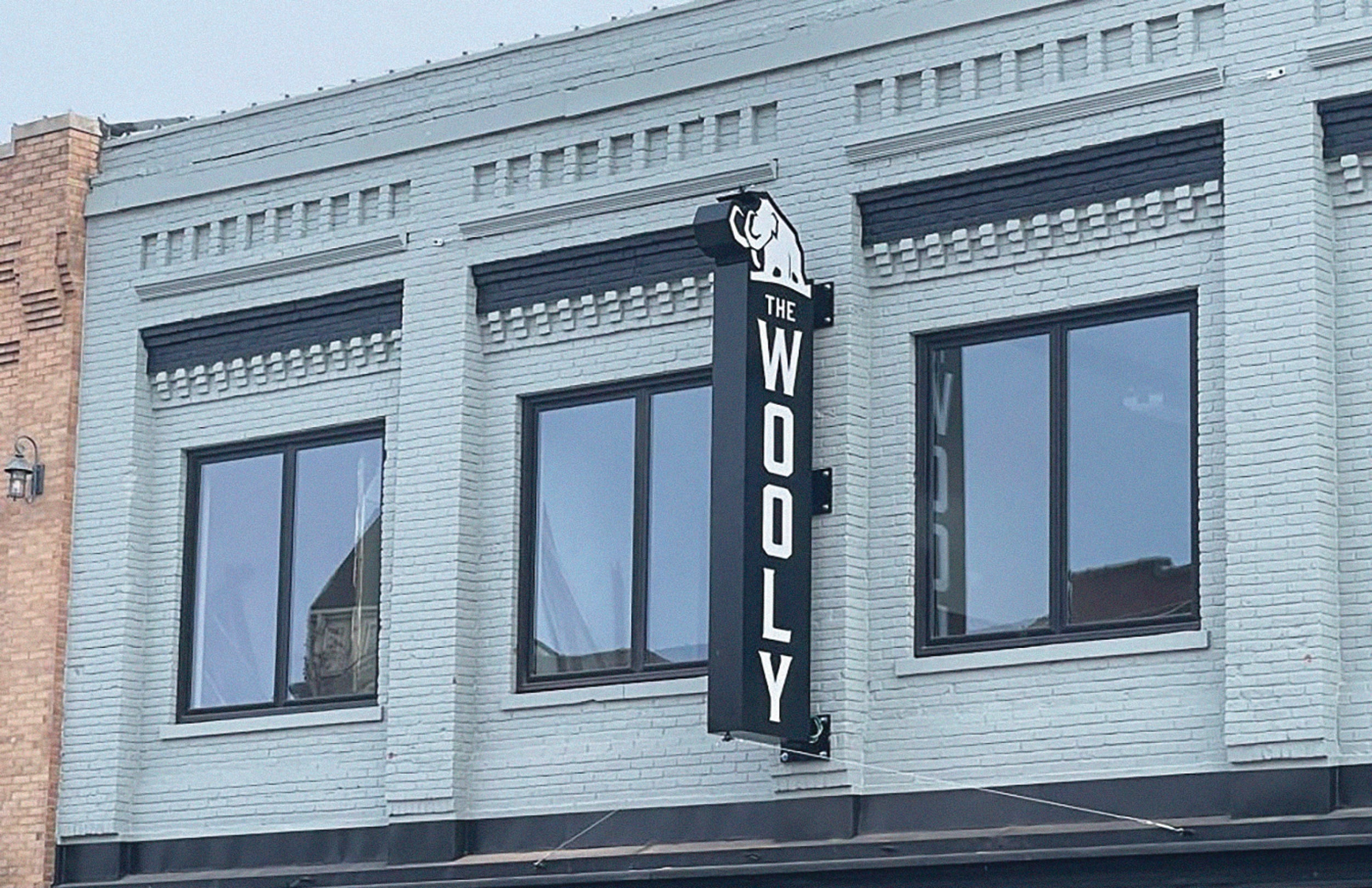 NOT EXTINCT: Roughrider Signs designed a classic look for a downtown bar, and World Wide Sign Systems helped with fabrication.
NOT EXTINCT: Roughrider Signs designed a classic look for a downtown bar, and World Wide Sign Systems helped with fabrication.
COST
Subcontracting works best for shops that lack the in-house capacity for a particular type of sign product or service, given the expense of obtaining the appropriate technology and training staff. A signshop might not have the electrical equipment to produce illuminated signs, for example, or perhaps the shop is too small for an installation team. 62% of respondents in our Big Survey have subcontracted for fabrication, followed by 55% for installation.
Myke Baugh of Roughrider Signs & Designs (Jamestown, ND) notes that specialized equipment for digging and aerial installation can get quite expensive depending on the market, not to mention the cost of upkeep. “Trenchers, lifts, mobile welders and bucket trucks cost you money when they sit idle. Insurance, tires, oil changes, room to keep them… all add up,” he says. Subcontracting can ease this burden of cost on your budget.
Advertisement 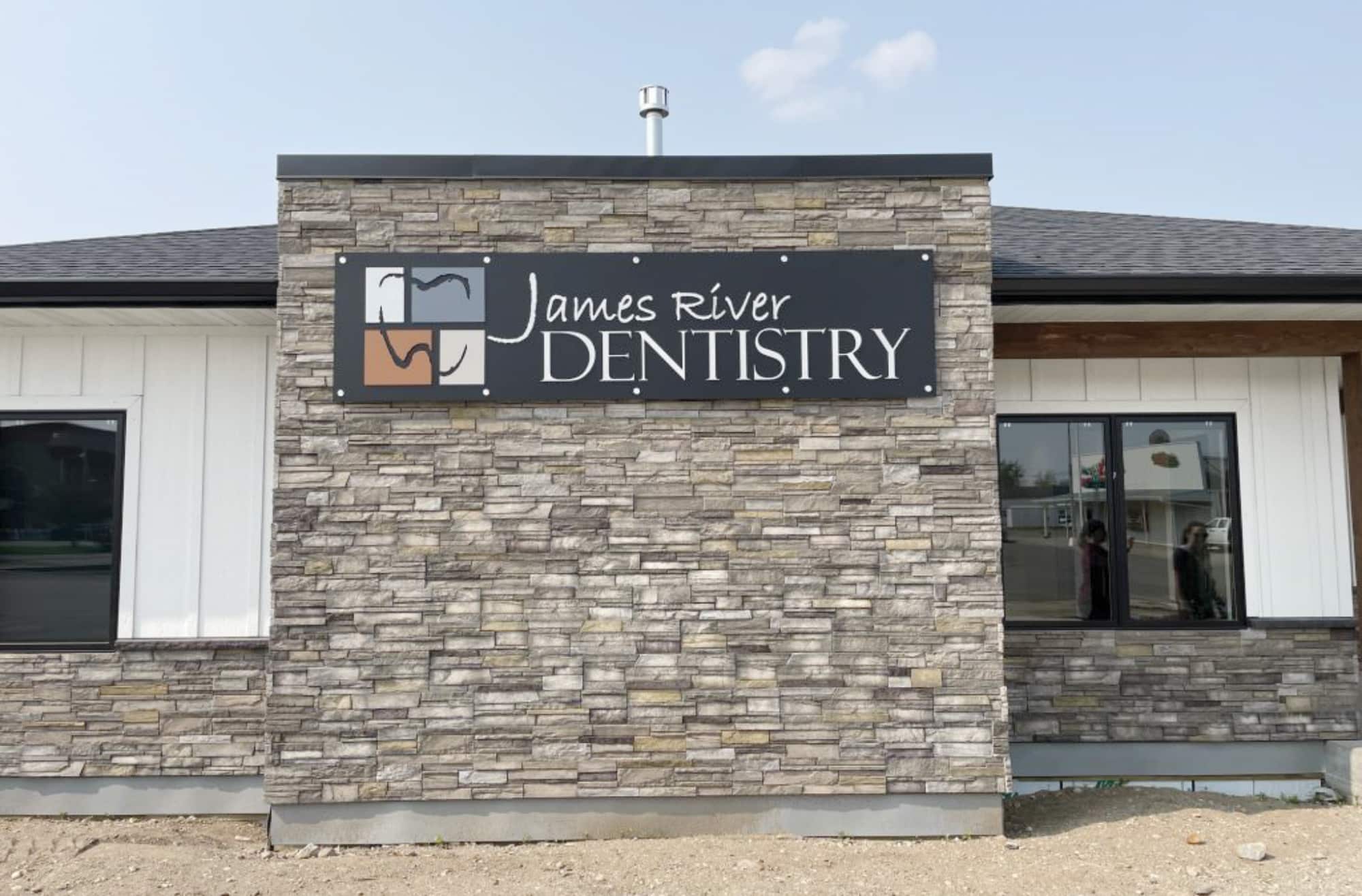 DENTAL CROWN: James River Dentistry in New Rockford, ND was supplied with an in-house Roughrider sign.
DENTAL CROWN: James River Dentistry in New Rockford, ND was supplied with an in-house Roughrider sign.
Nearly a third of company owners responded in April’s Brain Squad survey that they outsource some or most of the installation for their signs. According to Bobby Jordan of Fastsigns White Marsh-Joppa (Joppa, MD), subcontracting installers can be especially cost-effective as it eliminates the need for hiring and training in-house recruits. Nevertheless, he cautions that subcontractor rates, additional fees and potential travel expenses must be taken into consideration.
Baugh also sees an advantage in working with knowledgeable and experienced contractors: They can make your shop look good. “Your ‘team’ doesn’t have to be under one roof. Our electricians, excavators, brick layers, welders and other sign and advertising companies have valuable talents to contribute to a project,” he explains.
By no means is subcontracting a surefire way to fulfill your signage needs. Some signshops have ventured into the subcontracting field, only to find their options not up to par with the quality and cost that they could achieve in house. Such has been the case for Fastsigns of Toledo and Maumee (Toledo, OH), who opt to fabricate large-scale electrical signs and custom items in house as they do not find competitive pricing through wholesalers. In-house production bolsters their team’s creativity and is more effective than subcontractors that only knock out standardized signs, according to owner Karrie Brock.
Carey Gray of CAT Graphics (Great Falls, MT) deftly summarizes the pros and cons of subcontracting on cost: “Subcontracting usually is beneficial for pricing, as there is a fixed price that (hopefully) that subcontractor will stick to, so you can make a better estimate and potentially do better on those jobs, but the added hassle and dealing with subcontractors that quote us one price, then increase it when they are on the job make it a real headache for us and for our customer relations.”
The decision to subcontract, even for pricing benefits alone, can depend on your shop’s geographical location and customer base. For Montana-based CAT Graphics, the weather sometimes poses a challenge, plus they lack the authorization to install electrical signs and wiring pylons. Logically the shop should sub these services out, but then they have to mark up the costs and subsequently increase pricing. “Sometimes [customers] don’t want the hassle of dealing with two vendors and they are okay with it costing more, but more people in Montana are penny pinchers, so we will tell them to get their own electrician so they can deal with [electrical installs] directly,” Gray says.
Rocco Gaskins of Abco Signs (Pennsauken, NJ) approaches subcontracting from a different perspective as national sign companies turn to his shop for installation. Often the partner company emails him a project’s drawings for quoting, then pays Abco for the survey, permit acquisition and installation. Subcontracting generates steady revenue for Abco, though they need to spend on equipment maintenance: In the last week of April, the repairs on their two trucks totaled over $11,000. “It’s just part of the cost of running an installation company,” Gaskin adds.
Advertisement  shared dish: Phillips Signs (Seaford, DE) recently sought help from industry partners to fulfill customer demands.
shared dish: Phillips Signs (Seaford, DE) recently sought help from industry partners to fulfill customer demands.
CREATIVE CONTROL
Subcontracting means relenting, a degree of sacrifice for the sake of efficiency. It demands that you relinquish total control over a project and entrust your creative vision into someone else’s hands. No matter how skilled and knowledgeable your subcontractors are, nothing guarantees that the fabrication or install will turn out exactly as you wanted. Therefore, thorough vetting of subcontractors to ensure that they meet your standards is crucial, Jordan says.
With 46 years in the sign business, Ben Phillips of Phillips Signs (Seaford, DE) once strove to keep everything in house to maintain total control. But due to labor shortage in recent times, he’s had to find reliable outsourcing partners — Gemini and Signs365 — to keep up with customer demands for complex and digital products.
Bobby Lynett, owner of PA Signs (Scranton, PA), says that his shop subcontracts on occasions, but, “I am a bit of a control freak. I like to know things are done ‘our way.’ We take pride in our work. So in order to do that, we feel we have to maintain the process from start to finish. If anything goes wrong, we know where to point the finger,” Lynett explains.
The staff at PA Signs are not the only ones. “We’re control freakish and prefer to have our own teams handle every aspect of every project,” says Scott Muller, Trademark Visual (Phoenix). “That being said, it’s not possible 100% of the time, so in those cases we only partner with our network of proven reliable subcontractors that we’ve worked with in the past.”
PA Signs also works as a subcontractor for third-party signshops, typically national sign fabricators that they trust. Lynette wants the partnering company to understand how his business works and wants a clear grasp on what he can expect from them. “Two things are very important to us: We need to know the signs will be delivered to us on time, and we need to know they will be high-quality and accurate sizes,” he says.
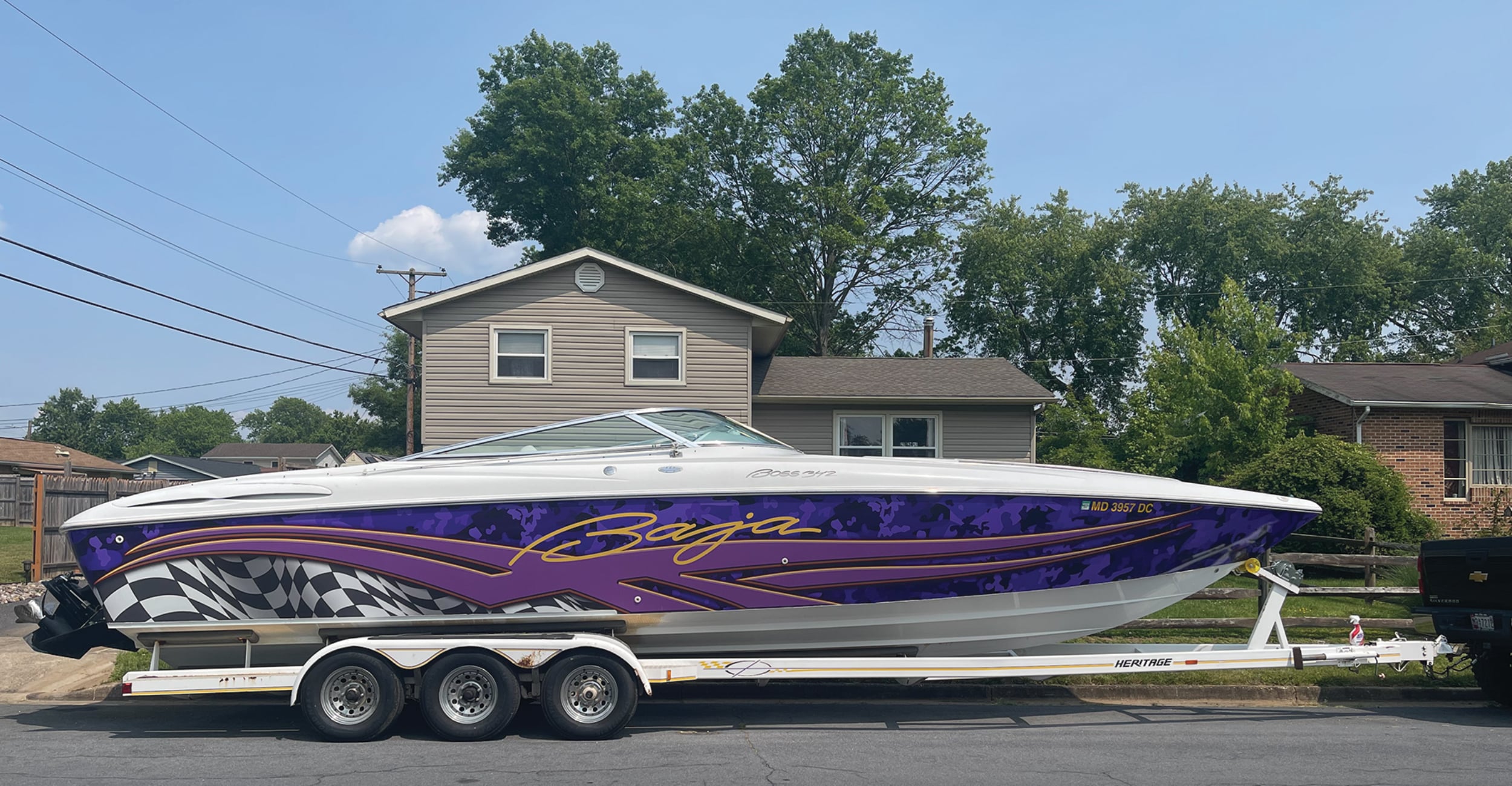 Baja blast: The subcontracted installer for Fastsigns of White Marsh-Joppa (Joppa, MD) helped determine the outcome of this boat wrap.
Baja blast: The subcontracted installer for Fastsigns of White Marsh-Joppa (Joppa, MD) helped determine the outcome of this boat wrap.
SCHEDULE
In what is arguably its greatest benefit, subcontracting can ease the burden on your shop’s production schedule. If your current project demands multiple moving parts under a tight deadline, you can outsource certain aspects of the work — channel letters, metal cabinets, install in a location over four hours away — and concentrate on what you do best.
Even Graphic Components (Greensboro, NC) — a wholesaler (read: subcontractor) to sign companies — subs out their laser and CNC cutting of acrylic and/or aluminum sheets for very large projects so they can concentrate on other types of internal work, says owner Vince Cvijanovic.
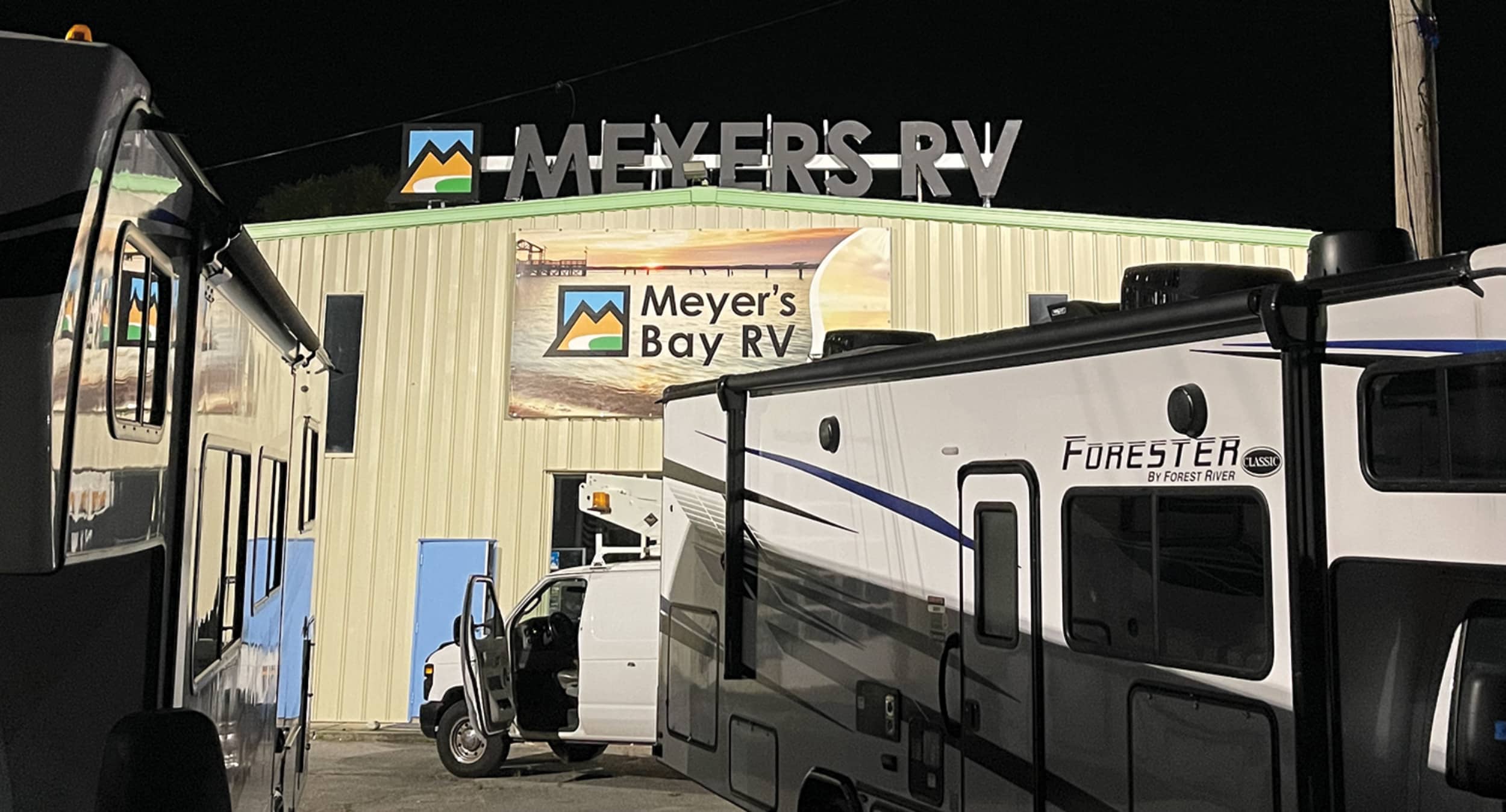 mobile residence: Fastsigns of White Marsh-Joppa worked closely with subcontractors to make sure this sign project was perfect.
mobile residence: Fastsigns of White Marsh-Joppa worked closely with subcontractors to make sure this sign project was perfect.
On the advantage of subcontracting installers in particular, Bobby Jordan says, “You can easily scale up or down the number of installers based on project demands, without the long-term commitment of hiring permanent employees.” In addition, outsourcing installation tasks saves time for other aspects of business like design, sales and customer service.
But just as with cost and quality, the impacts of subcontracting on your schedule can fall outside of your control. Jordan adds that coordination with subcontractors can pose communication challenges, particularly when they are located in a different area or difficult to reach. Furthermore, if your subcontractor fails to deliver for whatever reason, you’ll have to take the fall. For this reason, Trademark Phoenix insists on doing full-service work in house.
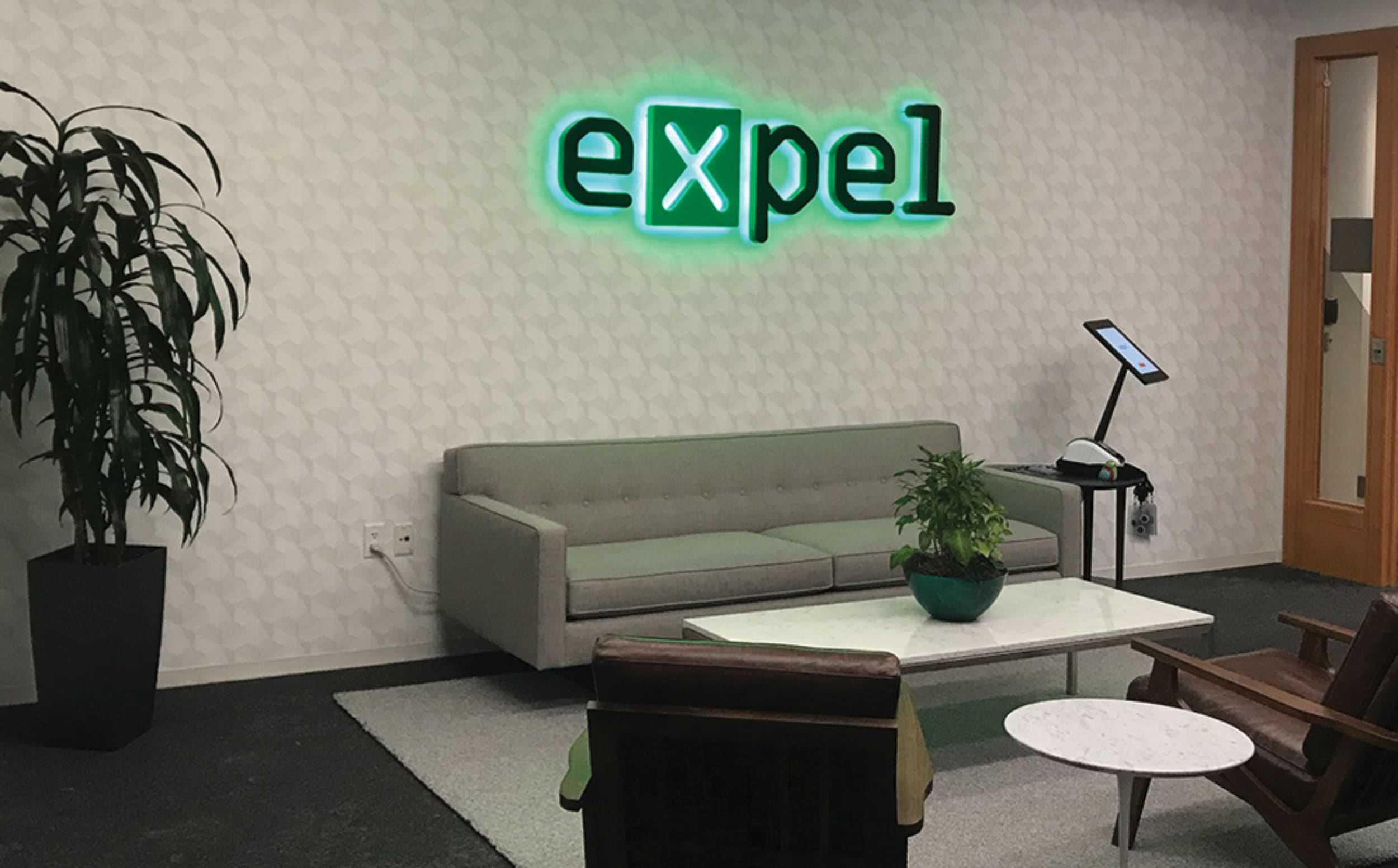 Secure services: Fastsigns of White Marsh-Joppa worked with a subcontractor on wiring for this security company sign.
Secure services: Fastsigns of White Marsh-Joppa worked with a subcontractor on wiring for this security company sign.
CAT Graphics, too, takes charge of full in-house production as they can be more upfront and forthcoming with customers should delays occur. Customer service is a top priority for the signshop, which serves a small community where everybody knows everybody, and where a business’s reputation hinges on word of mouth. “So we do our best in all situations to get the job done correctly and quickly for them, even if we have to take a loss,” says Gray.
In the end, whether your company outsources or produces everything in-house, what matters are the efficiency of the process and quality of the final result. Weigh the pros and cons of subcontracting against in-house production, see how they match with your shop’s offerings and capabilities, and don’t be afraid to experiment a little. “I believe deep down we are all trying to do what is best for the communities we live in, and work together to achieve that goal through our customers’ projects,” Baugh remarks.
PHOTO GALLERY (8 IMAGES)
📷 Roughrider Signs & Designs | Phillips Signs | Fastsigns White Marsh-Joppa
Advertisement
Mildred Nguyen is assistant editor with Signs of the Times. A journalism graduate from Northern Kentucky University, she can't focus well if she's not multitasking in some way.

SPONSORED VIDEO
Who’s Steering Signs of the Times?
We dive into the history of the sign industry’s oldest trade journal, highlighting some interesting facts about how it all started to where it’s headed. Did you know that Signs of the Times is nearly 120 years old?
You may like

Orbus Visual Communications Announces New Display Products

Transforming a Retail Space Into the Ultimate Experience

Signs of the Times’ Website Adds New Associations Page
Subscribe

Bulletins
Get the most important news and business ideas from Signs of the Times magazine's news bulletin.
Most Popular
-

 Business Management1 week ago
Business Management1 week ago16 Ideas to Build the Habit of Creativity in Your Sign Business
-

 Maggie Harlow2 weeks ago
Maggie Harlow2 weeks ago5 Hacks for New and Experienced Sign Managers
-
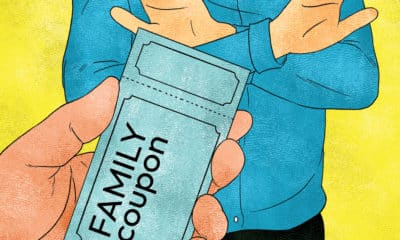
 Real Deal2 days ago
Real Deal2 days agoA Sign Company Owner Confronts Excessive Family Freebies
-
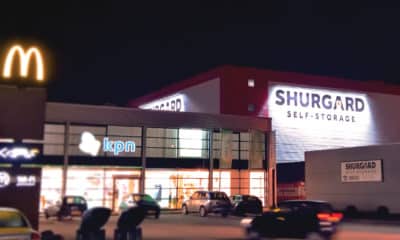
 Product Buying + Technology1 week ago
Product Buying + Technology1 week agoMultiple, Expanding Applications for LED Lighting in Signs
-
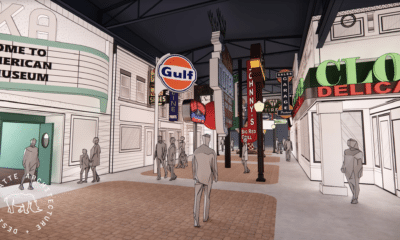
 News2 weeks ago
News2 weeks agoAmerican Sign Museum Expansion Opens July 13
-

 News2 weeks ago
News2 weeks agoSteel Art Co. Appoints New CEO
-
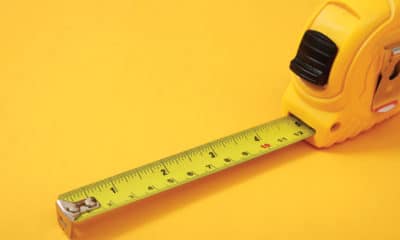
 Tip Sheet1 day ago
Tip Sheet1 day agoDigital Devices and Social Media Success Lead June’s Sign Tips
-

 Editor's Note5 days ago
Editor's Note5 days agoThe Power to Create

